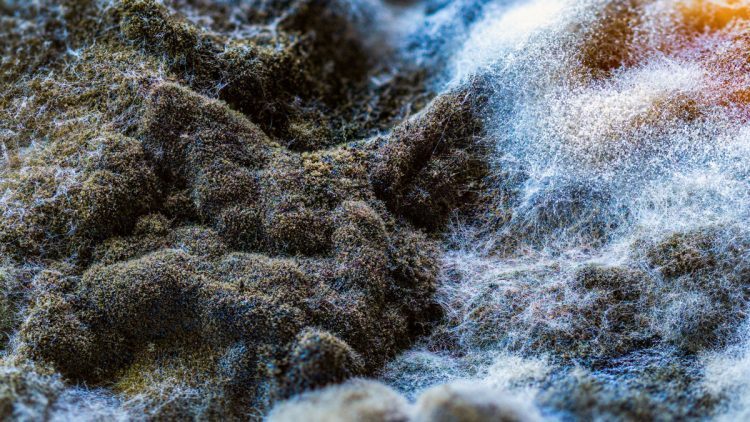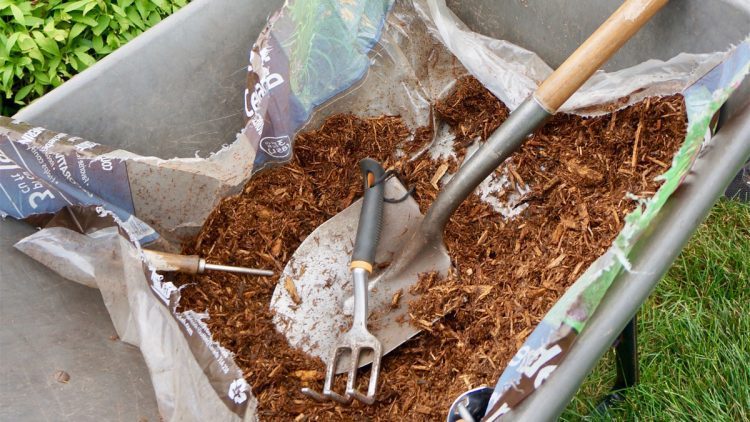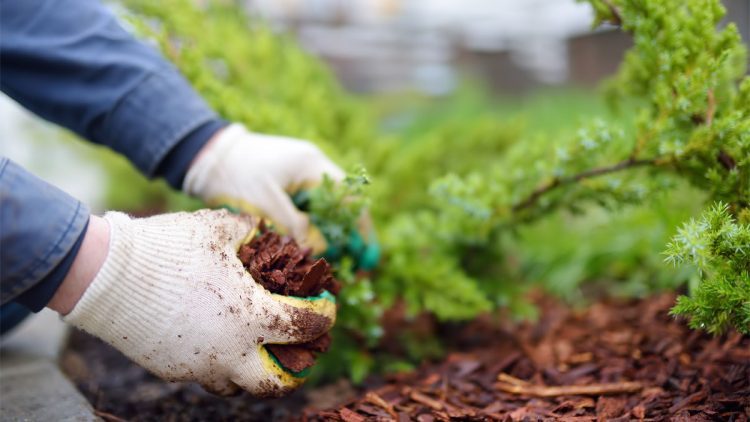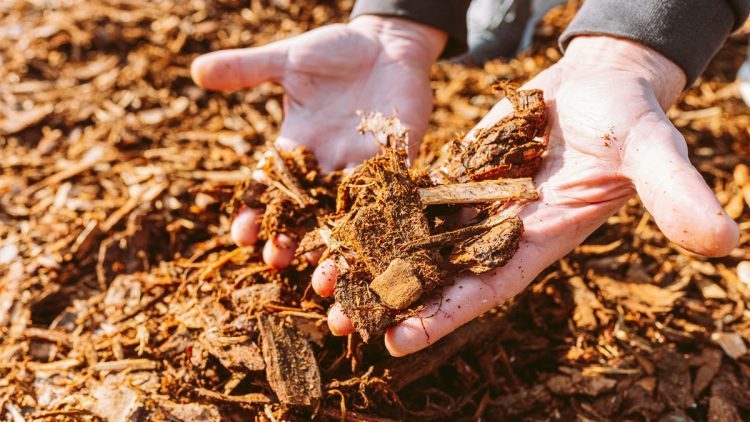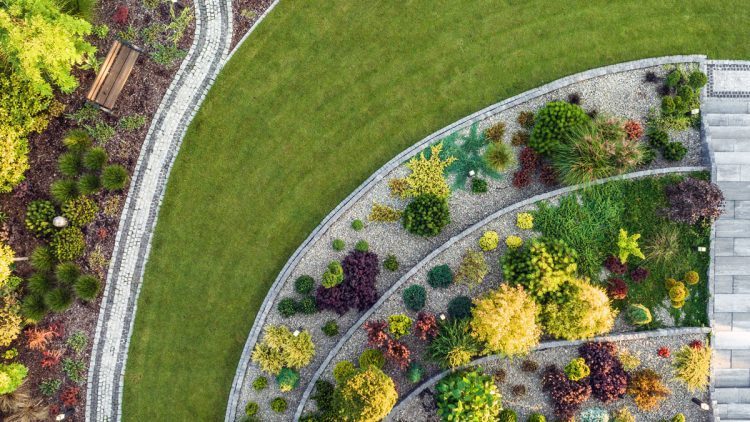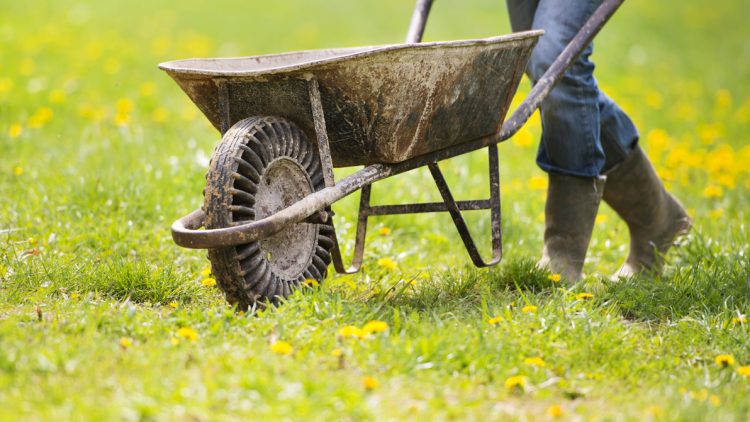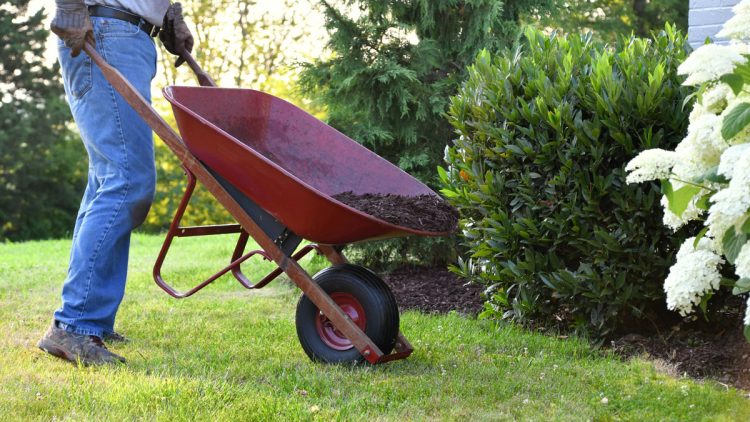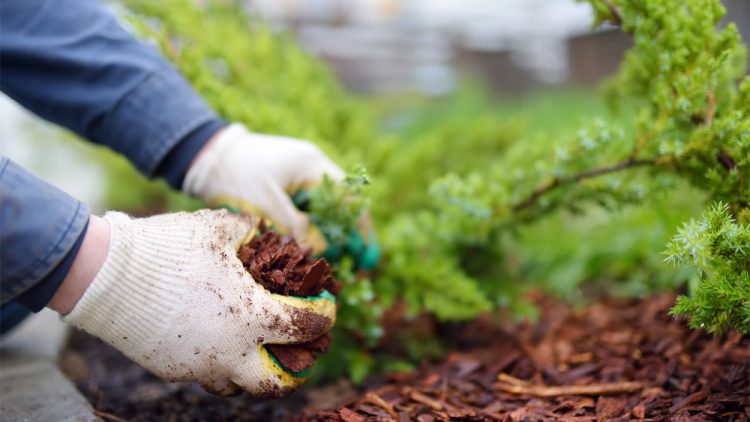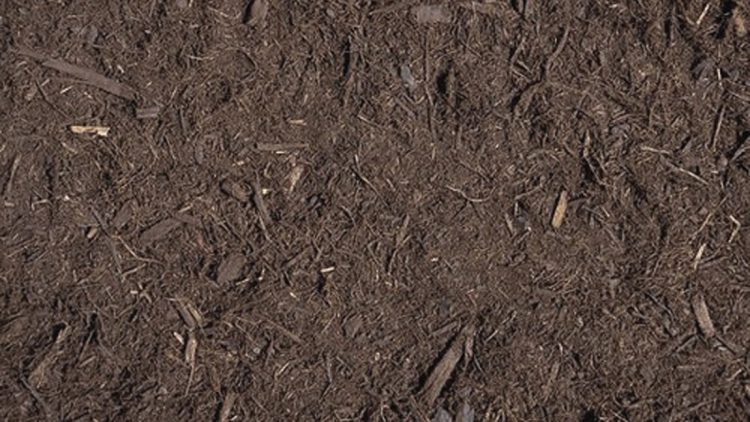Moldy Mulch?
Mulch is a vital part of landscaping and garden maintenance that helps retain moisture, eradicates weeds, and improves the appeal of your yard.
Regrettably, it can be swept away or washed out by the monsoons. However, what if your mulch has gone south? What ways can you hinder your mulch from starting to get moldy? What is the most effective way to keep your mulch staying put?
Keep reading as this post covers how to get back your mulch, so that you can continually appreciate a healthy, appealing landscape.
Mulch and Molds
Mulch helps stop weeds from growing in your landscape or garden, and it can make the aesthetic of your house more attractive. Nevertheless, mold on mulch is something you most likely don’t want you or your guests to see.
So, why is your mulch getting moldy? It can become moldy if it is made of natural materials, has a high degree of moisture, and is held at temperatures between seventy-seven to eighty-six degrees Fahrenheit.
Even though you are unable to control all environmental conditions throughout your yard, some steps could be taken to stop mold from spreading into the immediate surroundings.
How to Distinguish Mold on Mulch
The color of your mulch is one of the initial things to be on the lookout for when attempting to determine mold on mulch. Mold is usually going to appear as brown, black, or green spots on your mulch, but it can additionally be pink or white.
Slime Mold. People oftentimes refer to slime mold “dog vomit” due to the bright-colored tones it usually takes on. Even though slime mold is harmless, its bright orange hue typically stands out against darker mulcher and makes it unattractive.
Mushrooms. Mushrooms are the fleshy spores of a fungus that grow underground. The fruiting body of this fungus comprises of spores that enable it to propagate. Mushrooms are not going to harm your plants; however, many are toxic to people or pets/ animals. Keep younger children and pets/ animals away from mushrooms until you have determined what kind they are by consulting a mushroom guide!
Shotgun Fungus. Shotgun fungi are typically harmless to plants. The cups it creates hold a black cluster of spores—when the plants tissue on the underside of the mulch has broken down, holes can be seen in its place. This spore cluster appears close to an egg and, with enough time, is going to burst open releasing its spores. Be wary that the black spores from an exploding cluster can spread and stain items close by.
Bird’s Nest Fungus. This type of fungus appears like tiny birds’ nests with eggs in the middle. During rainstorms, the “eggs” spread out of a nest created by birds to release the fungi. Even though Bird’s Nest Fungi are typically not considered detrimental to plants, they can oftentimes cause issues.
How to Treat Molds in Mulch
The best way for solving a mulch mold issue is to nip it in the bud in the first place. The most typical cause of mold on wood chips or bark is if they get waterlogged. If you have excessive moisture in your landscaping, particularly near the base of shrubs or trees, this can result in the infection of spores and other kinds of fungi that are going to grow on the chips.
The following are a few tips for the treatment of moldy mulch:
Dry your mulch out. The initial step for dealing with mold on mulch is to remove the moisture from the surroundings. This can be carried out by drying your yard out and guarantee no puddles of water are sitting around on top of the mulch. If you get excessive rain, consider spraying this area off with a garden hose or using a debris blower to dry it out quicker. You might want to also rake up any leaves or other debris that has been gathered in this area also.
Using vinegar. Using vinegar is a perfect way to eradicate mold on mulch. You can spray the solution directly onto the mulch and let it sit for a couple of hours prior to rinsing it off with water. If you wish to utilize vinegar and avoid standing water in your yard, think about spraying it following you removing as much moisture as possible from the area. Don’t forget, though, this step is easy but bear in mind that it could be detrimental to close by plants.
Excavate for the disposal of molds. When you have a considerable quantity of mulch that must be removed, think about digging it up for the disposal of it. If you choose to dig up the wood chips or bark, be sure that you dispose of them correctly, so they are not going to end up in a landfill where they are just going to sit around and continually grow mold.
Conclusion
Whereas mulch is great at safeguarding your plants from severe temperature deviations, it can also be an issue: it could wash away, sweep away, or be consumed by pets/ animals or even create mold under your nose.
Landscaping Materials Phoenix by A&A Materials, Inc.
A & A Materials, Inc., located in Scottsdale, Arizona, offers Landscaping Materials for your landscaping needs. Call us at 480-990-0557 for more information.

